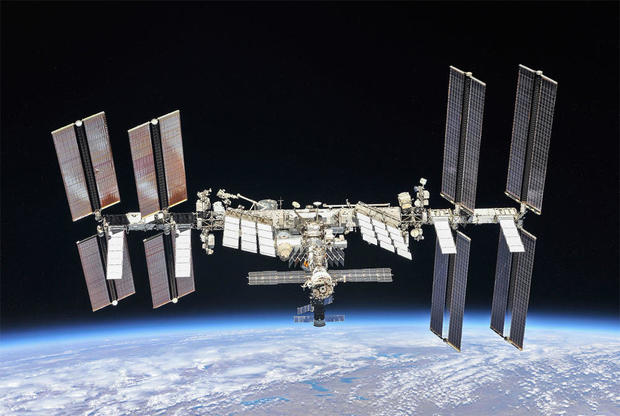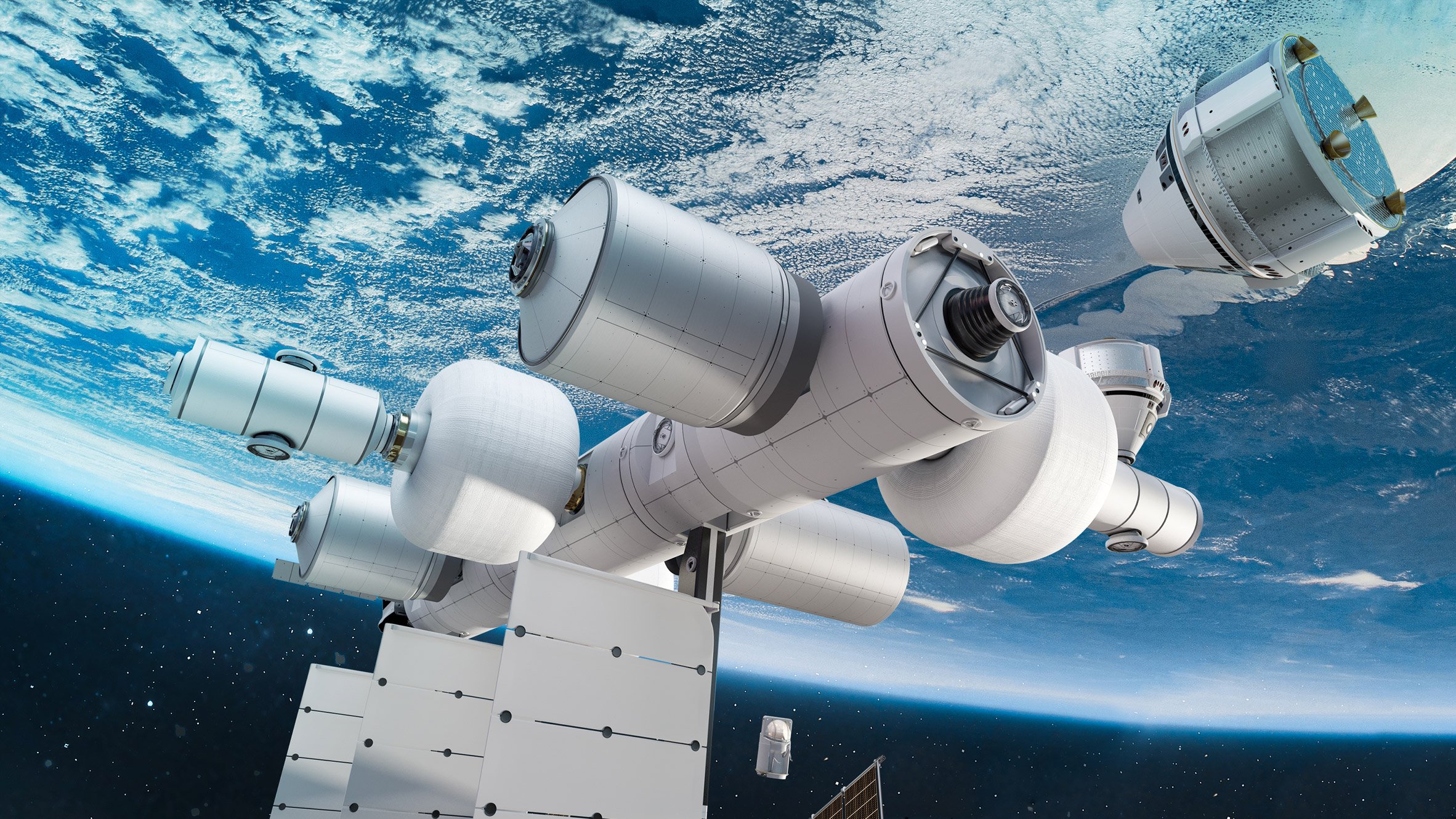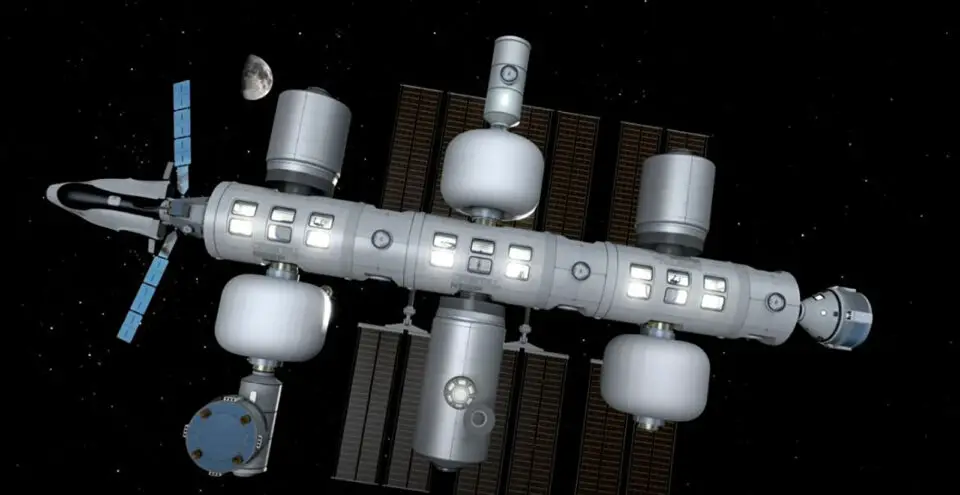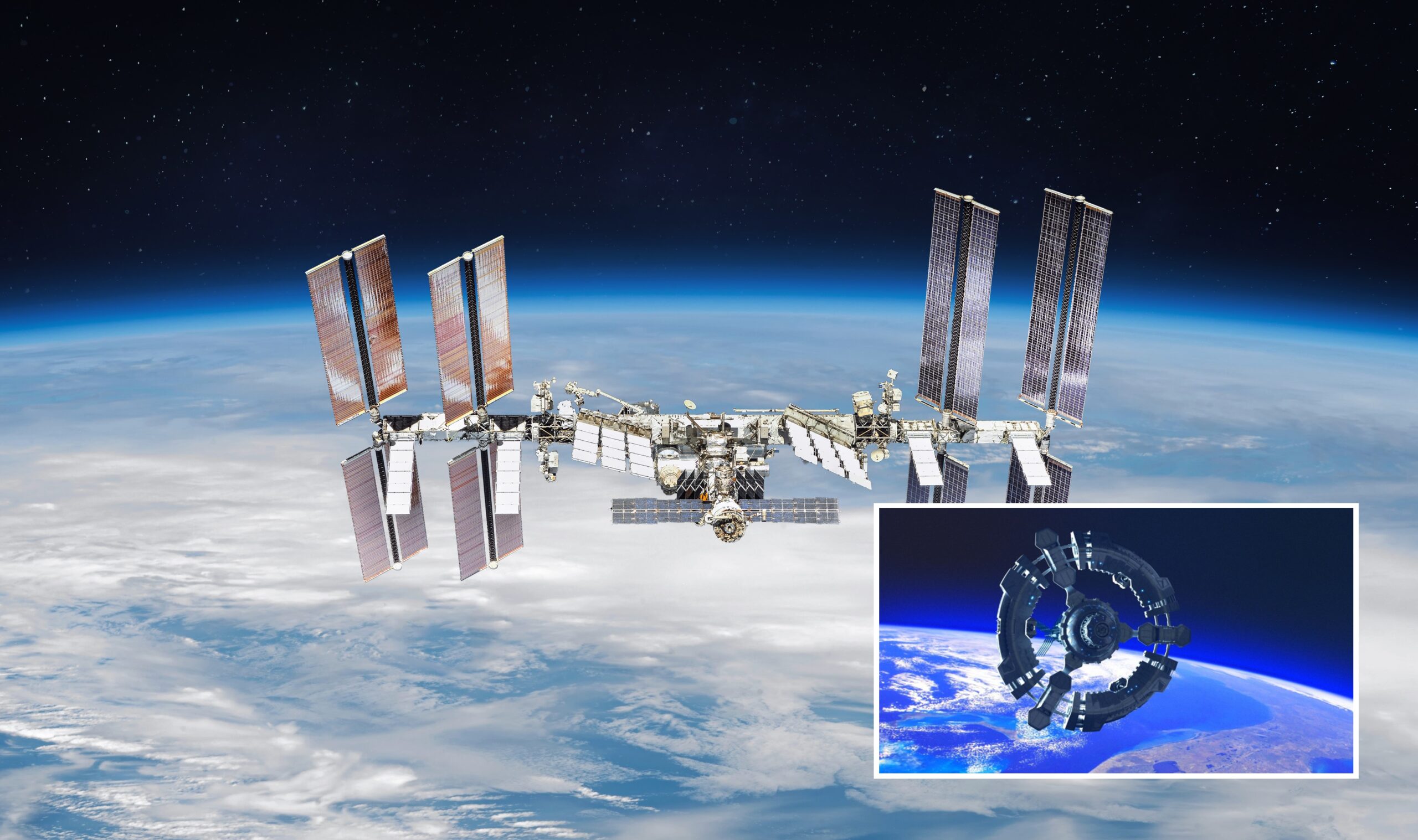It has been 23 years since humans launched the International Space Station (ISS), the world’s biggest single construction. Since November 2, 2000, the world-class lab has housed more than 200 astronauts and cosmonauts, pursuing a variety of unearthly scientific projects while orbiting 250 miles above our home planet.
Barbie dolls, glow-in-the-dark baby squids, water bears, and The Blob have all been among the station’s most unusual visitors. They have even been known to age wine and human sperm up there. Of course, separately.
However, all good things must come to an end, and the International Space Station has been exhibiting symptoms of age, with air leaks, near collisions, and software faults causing the station to drift off course.
In other words, retirement is inevitable, and NASA is already seeking for a head start on replacement. So, after the ISS, what is next? Is another multibillion-dollar development project in the works right now?
According to a recent study from NASA’s auditing office, the Office of Audits, the agency plans to retire the ISS and replace it with one or more private space stations.
Yes, Bezos, NASA is considering ideas like your “mixed-use business park” as the next ISS clone, with the goal of eventually turning over human occupancy of on-orbit scientific facilities to private corporations.

Announcing #OrbitalReef – a commercial space station transforming human space travel and opening access to new markets. Our team developing the premier commercial destination in low Earth orbit: @BlueOrigin @SierraSpaceCo @BoeingSpace @RedwireSpace @ASU https://t.co/PP4wxrfkF3 pic.twitter.com/qJDdYg7BSv
— Orbital Reef (@OrbitalReef) October 25, 2021
Despite the fact that the ISS was just three years away from retiring in 2024, the Senate enacted a NASA authorization bill last year that effectively extended the deadline to 2030. The current audit report, on the other hand, emphasizes how costly this counterattack will be. “The ISS costs nearly $3 billion each year,” according to the article, “about a third of NASA’s annual human space mission budget.” Additional system improvements and maintenance are required if the contract is extended for another six years.
While total ISS operating and maintenance expenses remained stable at about $1.1 billion per year from 2016 to 2020, they increased by 35% (around $169 million) over the same time period, owing to the enhancements. The transfer of operational tasks to private firms makes logical in light of these data.
Why do we need a commercial clone of the ISS in the first place?
The audit study underlined the necessity for research facilities in low-Earth orbit, in addition to documenting the present expenses of the ISS. Without outposts that can function as testbeds for extended human exposure in space, missions like Artemis, aimed at returning people to the Moon and eventually landing men on Mars, would be impossible.
The ISS and its ultimate successor will also allow for the development of a permanent presence in space, which will expedite our doomsday preparations. “As long as people aspire to fly in space,” the paper said, “NASA anticipates research and testing in the microgravity environment of low-Earth orbit will be required.”
This is not the first time the government has alluded to the ISS’s commercialization. NASA requested industry submissions for “commercial LEO destinations” in July 2021, in search of privately owned and managed space stations as prospective alternatives.
After a month, the space agency received hundreds of bids in response to its request for proposals. “We received applications from a fairly broad collection of companies: small, major, startups, more established,” NASA’s Commercial LEO Development Program executive Misty Snopkowski told Inverse in September.

The government is planning to award up to four contracts (for a total of $400 million) for the first phase of the initiative, with the goal of publishing a list of service needs for commercial stations by the spring of 2022. “We want to be able to have these high-level standards for the industry,” Snopkowski added, “so that they can come up with their best inventive solutions to satisfy our demands.”
While the executive could not comment on the specifics, Inverse stated that Axiom Space and Bigelow Aerospace might be involved in the ideas. While the former has a NASA contract to construct modules for the International Space Station, the latter makes small, inflatable space station modules that can grow to 5,000 cubic meters once in orbit.
Boeing, Lockheed Martin, SpaceX, and Jeff Bezos’ Orbital Reef are all viable candidates. There is no need for these private enterprises to overtly copy the ISS, according to Laura Seward Forczyk, founder of the space consultancy company Astralytical.
The International Space Station, for example, has been buzzing with activity for almost 20 years, whereas private space stations may or may not be continually manned. “It is possible that commercial organizations have distinct niches that they wish to satisfy, and demand for them is varied,” Forczyk said.
NASA will simply purchase the services it needs from privately-owned enterprises since it is laser-focused on finding an outlet for the tests with the goal of greater space exploration. “NASA does not need a commercial ISS clone to carry out those tests,” Inverse concluded. Simply stated, the space agency will be another consumer in the competition for space. Of course, for the greater good of mankind.

What does the future look like without the ISS?
NASA expects to have a fully operating commercial station by 2028, according to the audit report, providing the agency a two-year buffer before the ISS’s retirement and ultimate deorbiting. Getting a commercial radio station up and operating will be difficult as well. “Limited market demand, insufficient finance, imprecise cost projections, and still-evolving needs,” according to the paper.
The decision is also made at a time when some private businesses are experiencing a scarcity of liquid oxygen, which is required for rockets to reach space. Elon Musk himself has told SpaceX workers that the firm faces a “real danger of bankruptcy” if Starship flights are not resumed every two weeks by 2022.
The rocket is an important aspect of SpaceX’s Starship project since it is a completely reusable transportation system that is meant to both take satellites and other equipment to low-Earth orbit and beyond. According to Newsweek, “If everything goes according to plan, Starship will also transport people to the moon and, ultimately, to Mars.” Musk advised staff to work over the weekend and said that he plans to spend the holidays working on the Raptor assembly line.
If a severe global recession were to dry up capital availability / liquidity while SpaceX was losing billions on Starlink & Starship, then bankruptcy, while still unlikely, is not impossible.
GM & Chrysler went BK last recession.
“Only the paranoid survive.” – Grove
— Elon Musk (@elonmusk) November 30, 2021
The list of difficulties does not stop there. While NASA expects that private stations would eventually take over the ISS as its mission comes to an end, China has already announced intentions to construct its own space station. Given that NASA is forbidden from participating in bilateral operations with China, China’s approach is more competitive than collaborative.
“Unfortunately, I feel we are in a space competition with China,” NASA Administrator Bill Nelson remarked during a panel discussion at the 36th Space Symposium in August 2021. “I am speaking on behalf of the United States, and I would want to invite China to join us as a partner.” I would want China to see us as a military foe in the same way that Russia has… That is something I would want to attempt. However, China is notoriously secretive, and transparency is a need of the civilian space programme.”
The Commercial LEO Development Program is currently slated to be split into two parts. The first phase, which will consist of design and development, will last until 2024 or 2025, while the second phase, which will last from 2028 to 2030, will ensure a seamless transition and handover of services.
“The aim is that by the time the space station retires and we are using these commercial destinations for services, we will have this thriving LEO economy,” Snopkowski told Inverse. “Where there are many people who are able to reach space—they come to work, play, and live there—and NASA is simply one of the many consumers who are engaging in these destinations.”
As the International Space Station nears retirement, the leaks and holes in its system seem to signal the start of a new era. We can properly claim that the space era has started when private corporations control the unknown and beyond.

